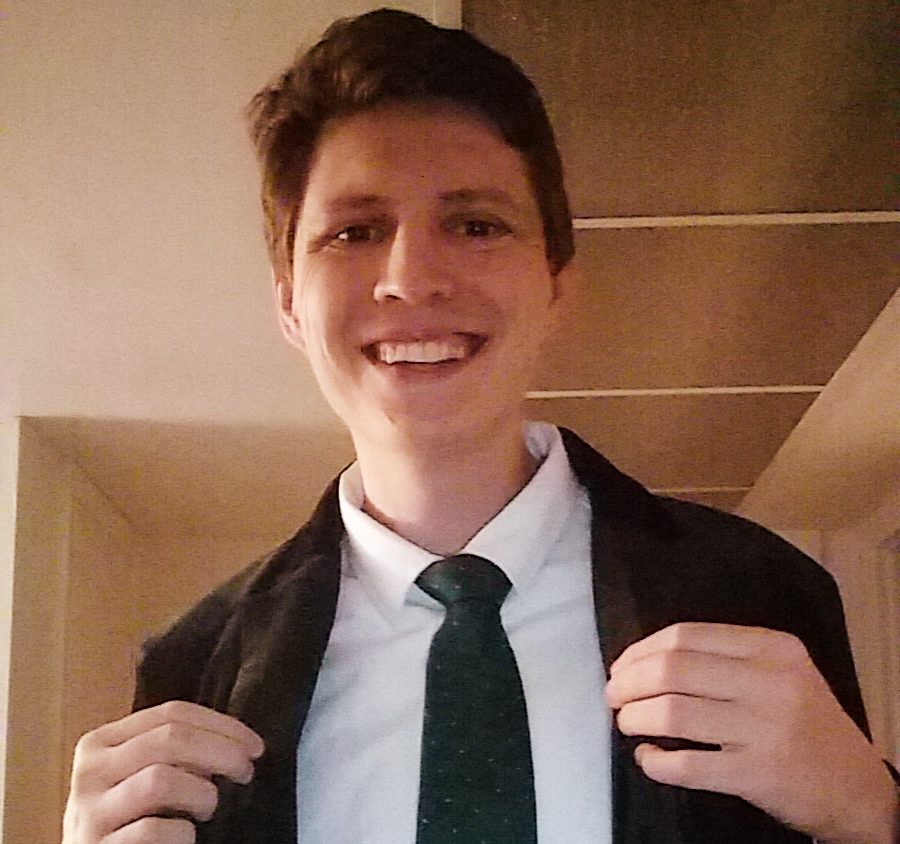Tears of the Kingdom Development Team Discusses Adding Surprises To The Open World and The Improvements To The Sound Design
Posted on May 12 2023 by Sean Gadus

For years, many people in the video game community have been wondering how Tears of the Kingdom would differentiate itself from Breath of the Wild. This has been on of the key topics that has hovered over the much anticipated game, but Nintendo has been extremely guarded with information about Tears of the Kingdom. Over the past few weeks, Nintendo has finally started to promote the game more aggressively. New interviews with the development team have provide insights into the themes and development process of Tears of the Kingdom. Some of these interviews illustrate how the development team is expanding on ideas from Breath of the Wild, as well as how the new game is differentiating itself from its beloved predecessor.
In a recent edition of “Ask the Developers,” members of the Tears of the Kingdom development team including Zelda series producer Eiji Aonuma, game director Hidemaro Fujibayashi, art director Satoru Takizawa, and sound director Hajime Wakai stressed the desire to continue surprising players in the open world, as well a redesigned sound effects system.
[Interviewer] Since this is a sequel, The Legend of Zelda: Breath of the Wild is the foundation, but I see there are also various considerations for new players as well. By the way, if you’re using the same world, don’t you need to put effort into creating differences in the graphics and sound?
Takizawa: I keenly felt that implementing something new into the same world was actually harder than creating something from scratch. Although it is the same world, we want to make sure players experience it with a new sense of wonder. So to achieve that, we had to take a world originally made up of things we’d designed to fit it perfectly, and then bolt a new layer of surprises on top of it, designed from a different perspective. And we had to do so without erasing the familiar world. Even though we racked our brains last time to put it all together! (Laughs) Of course from the development staff’s point of view, it’s definitely more fun to come up with ideas for creating new surprises, but it sure was a challenging development process.
Wakai: For the game’s music, we broke the conventions of the series in the previous game and mainly used piano tones. While this title follows the same musical direction, we grappled with how to create a sense of freshness as a sequel. The sound effects are generated by a completely new system that’s different from the previous game, so even if the same sound is used, it sounds a lot more realistic in this game. For example, in The Legend of Zelda: Breath of the Wild, we tried to make nearby environmental sounds, such as bird calls, sound realistic. However, with this title, the expressiveness of these sounds has improved to the point where players hear a bird call from afar and sense the distance more realistically.
Overall, it is great to hear that Takizawa and the rest of the team are aware of some of challenges facing reusing the open world/map from Breath of the Wild. It is clear that the developers of Tears of the Kingdom spent a great deal of time thinking about how to engage players who have spent dozens of hours exploring Breath of the Wild‘s massive overworld. While it might be somewhat disappointing for some fans that Tears of the Kingdom is following the same musical direction as its predecessor, it makes sense for the two games to share a musical identity since Wakai is the sound director on both titles. The implementation of a new sound effects system is very exciting, and it looks this new system is another way that developers are trying to improve upon the design work done for Breath of the Wild.
What do you think of these insights into the development of Tears of the Kingdom? What other design topics do you want the developers of the game to discuss in future interviews? Let us know your thoughts in the comments below!

Sean Gadus is a Senior Editor at Zelda Dungeon. His first Zelda game was Ocarina of Time, and he loves all of the 3D Zelda games from 1998-2011. The final battle of Tears of the Kingdom is one of his favorite final battles in the entire series. He wants to help build a kinder, more compassionate world. You can check out his other written work at The-Artifice.com.



